
Pickled Chili Whole Fish (剁椒全鱼 Duo Jiao Quan Yu)
May 14, 2022 Print
This Pickled Chili Whole Fish recipe is a derivation of a famous Hunan dish: Pickled Chili Fish Head (剁椒鱼头). Not only is fish head unpopular in the west, but it’s also hard to get the right kind of fish head in the US. You need one that’s large to make this dish. So instead, I used a whole fish. My husband thinks this version tastes even better than the fish head version.
This dish takes full advantage of chopped pickled chili (剁椒). In my previous posts, Chinese Long Beans with Pickled Chili, I talked about how pickled chili is a local staple item in China’s Hu Nan, Hu Bei, and Gui Zhou provinces. So it’s no wonder that Pickled Chili Fish (剁椒鱼) originates in the province of Hunan where the Xiang Cuisine (湘菜) is known.
Once you make this Pickled Chili Whole Fish (剁椒全鱼) for the first time, you will see how quick and easy this flavorful fish dish is to make. You can definitely make it in 30 minutes if the fish comes pre-cleaned and descaled. The result sure looks fancy and complicated. It will no doubt awe your hungry dinner guests.
For this Pickled Chili Whole Fish recipe, you can also use fish fillets instead of a whole fish. If you are interested in other whole fish recipes, here are some recipes that I have shared: Steamed Whole Branzino, Braised Whole Fish, and Chili Bean Whole Fish.
Tools: Steamer or Steamer rack
Low Carb
Preparation Time: 20 minutes
Total Time: 35 minutes
Servings: 2 to 4 people
Ingredients:
- 1 whole fish (~1 lb to 1.5 lb or 450 g to 680 g) 1
- 1 tablespoon Chinese Shaoxing wine
- 1 2-inch long piece of ginger
- 2 tablespoons chopped pickled chili (剁椒) 2
- 3 to 4 garlic cloves
- 1 to 2 green onion
- 2 teaspoons light soy sauce
- 1/2 teaspoon sugar
- 1/2 teaspoon Chinese black vinegar 3
- 1 tablespoon vegetable oil

Preparation:
- Remove fish scales, if any. Cut off the fins and gills. Remove the thin membrane inside the fish and the narrow blood vessel along the spine. Rinse the fish thoroughly. Pat dry. Use a sharp knife to extend the cut from the belly all the way through the tail then make an incision along the spine to unfold the fish into one flat piece (see pictures). If you don’t like the bones, you can also butterfly the fish to remove most of the bones (not done in the pictures). Make 2 to 3 mirroring cuts on each side of the spine. Put the fish on a large plate.

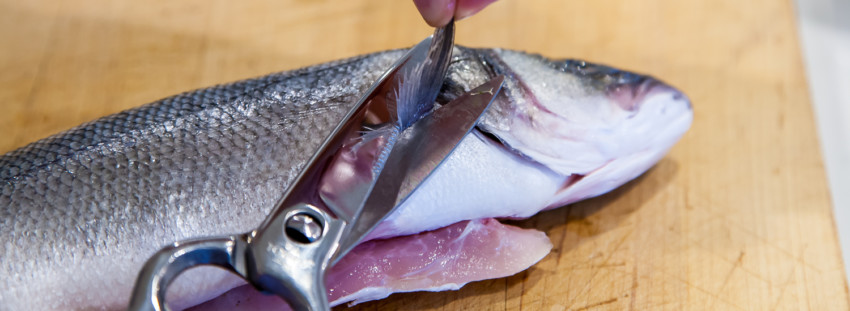

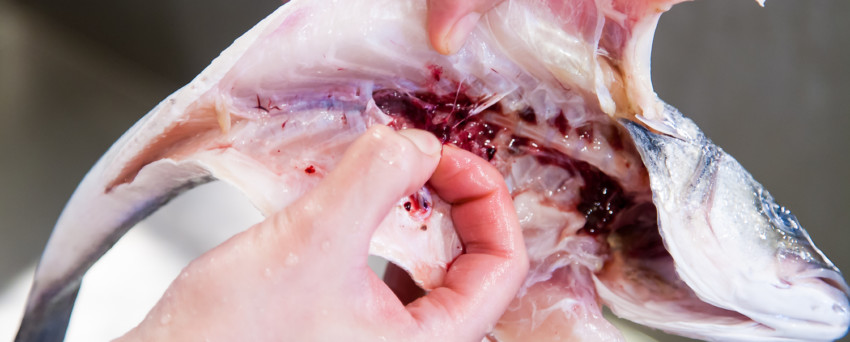



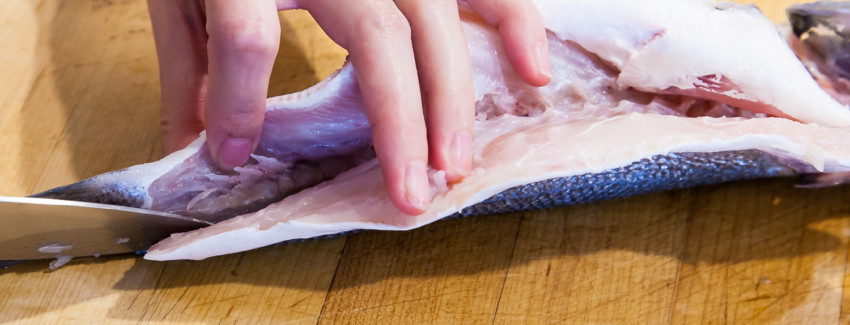



- Peel the ginger. Cut half the ginger into slices and mince the other half. Add 1 tablespoon of Chinese Shaoxing wine to the fish. Put the ginger slices on top of the fish. Marinate the fish for 10 minutes on the counter.

- Peel and mince the garlic. Add the minced garlic and ginger to a small mixing bowl. Cut the green part of the green onions into thin pieces and set aside.


- Add 2 teaspoons of light soy sauce, 1/2 teaspoon of sugar, and 1/2 teaspoon of Chinese black vinegar to the garlic and ginger, mixing well. Then add 2 tablespoons of chopped pickled chili and mix well. If using two different colored pickled peppers, separate the seasoning first into two equal portions and add 1 tablespoon of each type of chopped pickled chili to each bowl. Remove the ginger slices from the fish and spoon the seasoned pickled chili on top to cover the entire fish.





- Boil some water in a steamer or a large pot with a steamer rack over medium-high heat. When the water boils, carefully transfer the fish plate onto the steamer rack. Cover the lid and steam for 6 to 8 minutes (steam for 5 minutes if your fish is under 1 lb or 450 g and steam for 10 minutes if your fish is over 1.5 lb or 680 g or particularly thick).
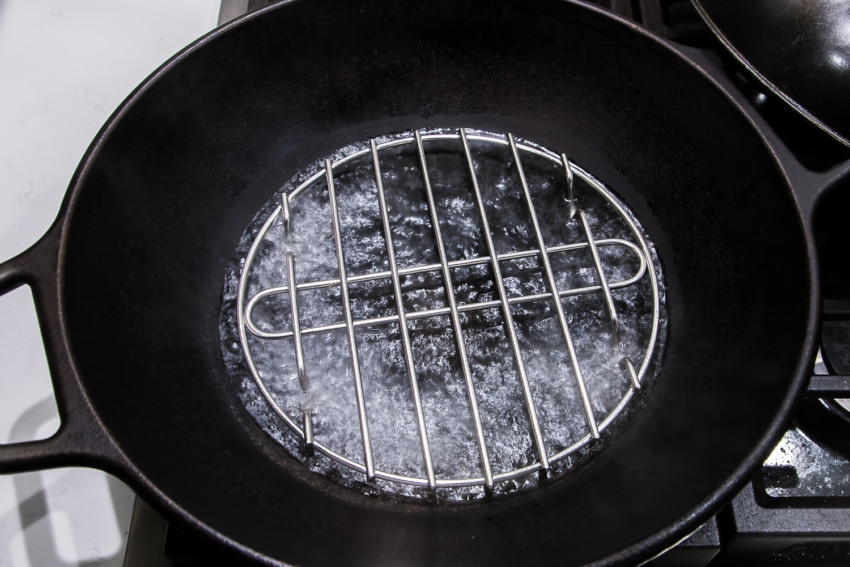



- Turn off the heat and add the green onions on top of the fish. Heat a cast iron skillet under high heat and add 1 tablespoon of vegetable oil. When the oil is hot, pour it over the green onions. Enjoy!


Bon Appétit

Notes:
- Fish with fewer bones are preferred so you don’t need to deal with bones too much when eating. They can be troublesome especially under the thick layer of the pickled chili. I used branzino here that I bought from Costco. Branzino has very delicate meat and few bones. Costco fish comes gutless and descaled which I find quite convenient. But you can use any fish of your liking. Some of the fish that comes to my mind are striped bass, black bass, pompano, and red snapper. You can also use 2 skin-on fish fillets (about ~1 lb total) instead of a whole fish. Steam for 5 minutes if using fillets.
- Pickled chili (剁椒) is the soul of this dish. You can find it in most Asian grocery stores. Some are spicier than the others. I recommend Tan Tan Xiang (坛坛香) pickled chili, which is not overly spicy. But if you can only find pickled chili by Lao Gan Ma (老干妈), you might want to reduce the amount to 1 tablespoon since Lao Gan Ma brand pickled chili is quite spicy.

- Use balsamic vinegar if you don’t have Chinese black vinegar.
As an Amazon Associate I earn from qualifying purchases.








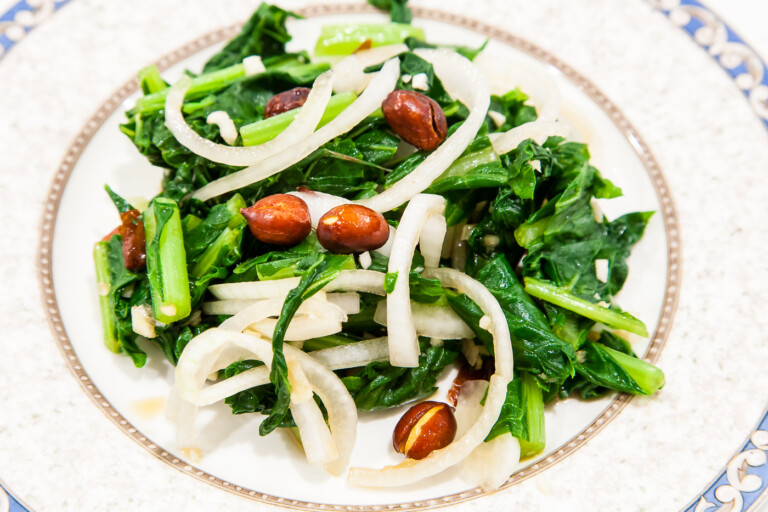

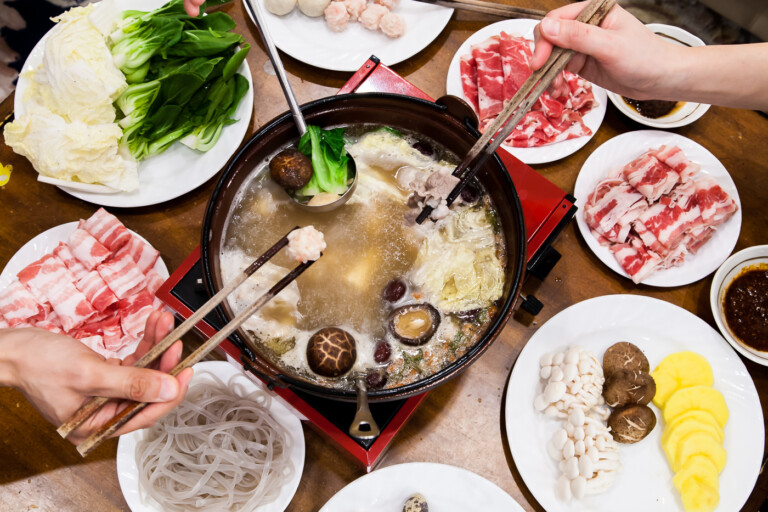
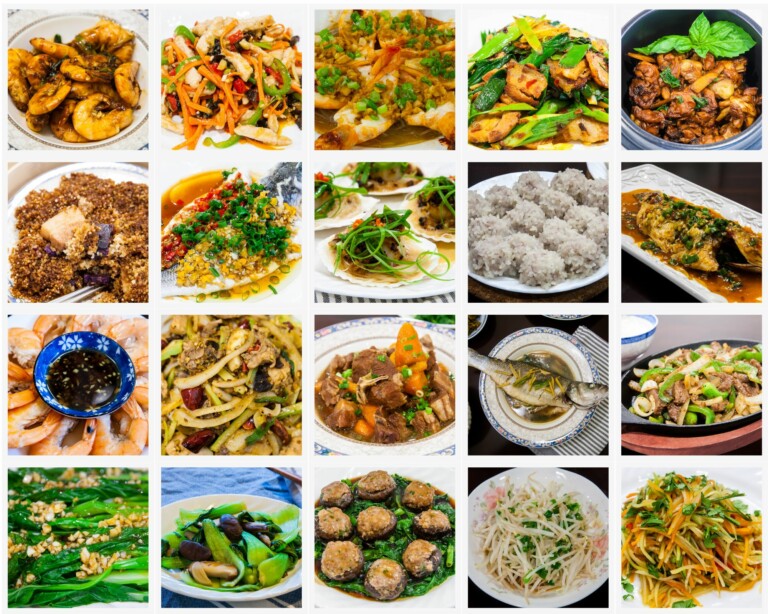
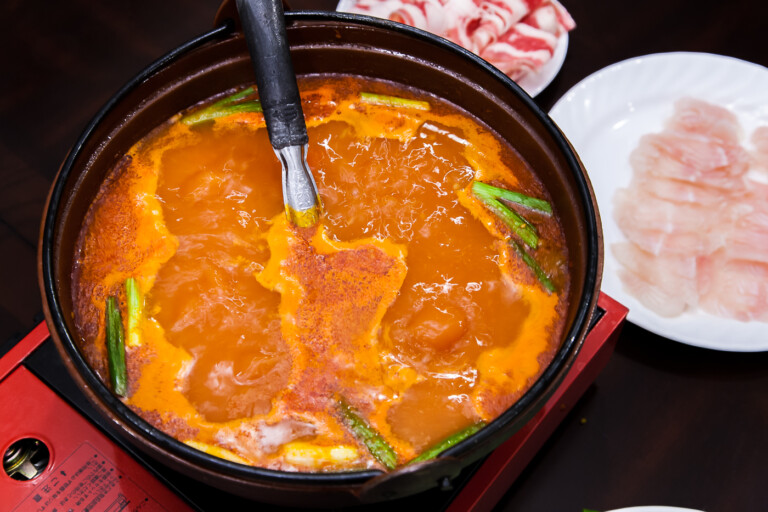



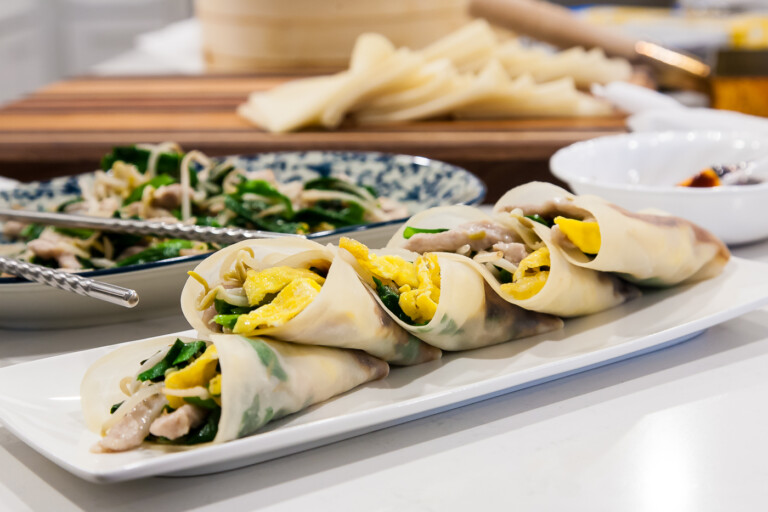










kevin wrote:
I’ve never had branzino. I’ll have to check it out. Pompano is a really good fish though. (That one & mackerel are the most popular at my house although we usually just eat them plain, salted & half-dried.)
This looks like a great sauce. I will try it out. I like the different chili colors. (Recently, at Jusgo I found these two red and yellow chopped chilis as well as a green one and even one with a red & green mix. I’m impressed with the variety available in the US now.)
I have some questions about vinegar. I appreciate that you take photos of the ingredients showing me even the brand names. I see that you are using Zhenjiang/Chinkiang vinegar (镇江香醋) specifically. Is this the one that you usually use? Just wondering since I think I read that you are from northern China while this Chinkiang vinegar is a Jiangsu (江苏省) product. I was reading about some of the other vinegar on Wikipedia such as mature vinegar (老陈醋) from Shanxi (山西省) and Baoning vinegar (保宁醋) from Sichuan (四川省). I’ve never tried either of these two vinegars, and it seems that Baoning is pretty hard to find as even Jusgo does not have it in stock. Do you feel that Chinkiang is the most suitable for most dishes? Are there any dishes where you think it would not be good to substitute Chinkiang vinegar for mature vinegar or Baoning vinegar?